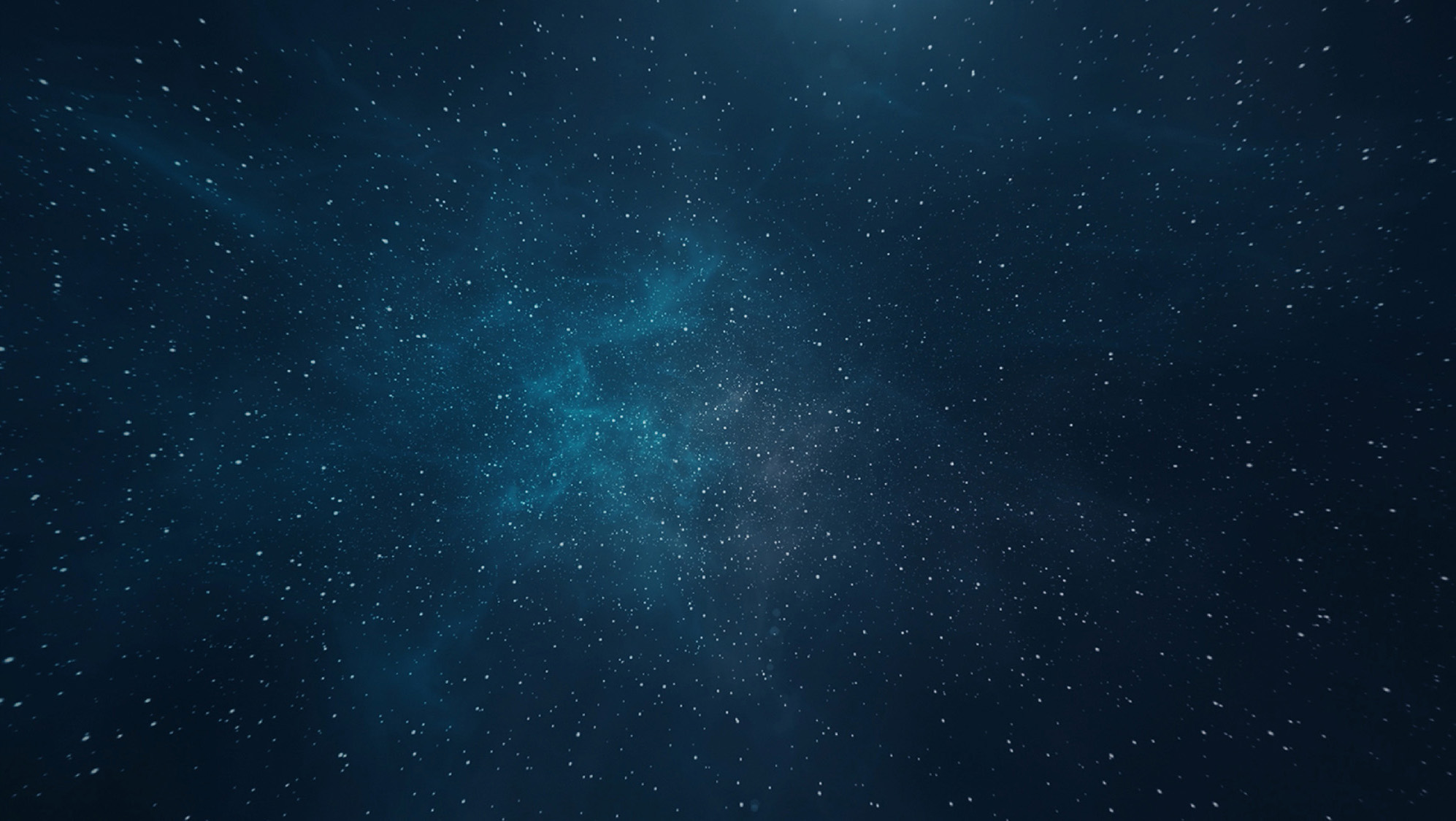Accept all cookies Accept only essential cookies See our Cookie Notice

About ESA
The European Space Agency (ESA) is Europe’s gateway to space. Its mission is to shape the development of Europe’s space capability and ensure that investment in space continues to deliver benefits to the citizens of Europe and the world.
Highlights
ESA - United space in Europe
This is ESA ESA facts Member States & Cooperating States Funding Director General Top management For Member State Delegations European vision European Space Policy ESA & EU Space Councils Responsibility & Sustainability Annual Report Calendar of meetings Corporate newsEstablishments & sites
ESA Headquarters ESA ESTEC ESA ESOC ESA ESRIN ESA EAC ESA ESAC Europe's Spaceport ESA ESEC ESA ECSAT Brussels Office Washington OfficeWorking with ESA
Business with ESA ESA Commercialisation Gateway Law at ESA Careers Cyber resilience at ESA IT at ESA Newsroom Partnerships Merchandising Licence Education Open Space Innovation Platform Integrity and Reporting Administrative Tribunal Health and SafetyMore about ESA
History ESA Historical Archives Exhibitions Publications Art & Culture ESA Merchandise Kids Diversity ESA Brand CentreLatest
Space in Member States
Find out more about space activities in our 23 Member States, and understand how ESA works together with their national agencies, institutions and organisations.
Science & Exploration
Exploring our Solar System and unlocking the secrets of the Universe
Go to topicAstronauts
Missions
Juice Euclid Webb Solar Orbiter BepiColombo Gaia ExoMars Cheops Exoplanet missions More missionsActivities
International Space Station Orion service module Gateway Concordia Caves & Pangaea BenefitsLatest
Space Safety
Protecting life and infrastructure on Earth and in orbit
Go to topicAsteroids
Asteroids and Planetary Defence Asteroid danger explained Flyeye telescope: asteroid detection Hera mission: asteroid deflection Near-Earth Object Coordination CentreSpace junk
About space debris Space debris by the numbers Space Environment Report In space refuelling, refurbishing and removingSafety from space
Clean Space ecodesign Zero Debris Technologies Space for Earth Supporting Sustainable DevelopmentLatest
Applications
Using space to benefit citizens and meet future challenges on Earth
Go to topicObserving the Earth
Observing the Earth Future EO Copernicus Meteorology Space for our climate Satellite missionsCommercialisation
ESA Commercialisation Gateway Open Space Innovation Platform Business Incubation ESA Space SolutionsLatest
Enabling & Support
Making space accessible and developing the technologies for the future
Go to topicBuilding missions
Space Engineering and Technology Test centre Laboratories Concurrent Design Facility Preparing for the future Shaping the Future Discovery and Preparation Advanced Concepts TeamSpace transportation
Space Transportation Ariane Vega Space Rider Future space transportation Boost! Europe's Spaceport Launches from Europe's Spaceport from 2012Latest

Cosmic Kiss mission patch
Thank you for liking
You have already liked this page, you can only like it once!
The name of European Space Agency (ESA) astronaut Matthias Maurer’s first mission to the International Space Station, Cosmic Kiss, is a declaration of love for space. It communicates the special connection the Station provides between Earth’s inhabitants and the cosmos. It also conveys the value of partnership in exploring farther to the Moon and Mars, alongside the need to respect, protect and preserve the nature of our home planet as we seek a sustainable future on Earth.
The Cosmic Kiss patch takes inspiration from the Nebra sky disc (“Himmelsscheibe von Nebra”) – the oldest known realistic illustration of the night sky – as well as the Pioneer plaques and Voyager Golden Records that were sent into the unknown carrying messages from Earth.
These artefacts show a fascination with space that spans the ages. Since the beginning of time, humans have looked skyward for knowledge about the origins of life, the Universe and our place in the cosmos. The Cosmic Kiss mission builds on the curiosity of all those who came before us, as exploration advances our understanding of Earth, our Solar System and life itself.
Like the Nebra sky disc, the patch features several cosmic elements including Earth, the Moon and the Pleiades star cluster. It also depicts Mars, one of ESA’s three key destinations for exploration over the next 10 years, as a small red dot beckoning in the distance.
Earth is shown borderless and backlit, with only a delicate line of atmosphere visible. This phenomenon is often described by space travellers, who marvel at the wonder of all human life and events taking place in one thin and precious layer.
The most prominent feature is a simplified, almost heart-like International Space Station. This is connected through a human heartbeat that stretches from Earth to the Moon. This heartbeat symbolises the human presence and passion that propels exploration forward and connects us to the Universe, as well as the vital life science experiments the Space Station enables.
As a unique oasis in space, the International Space Station is a hub of science, research and operations like no other. The continuous human presence that it supports beyond our Earth leads to greater knowledge, technological advances and a better understanding of fundamental and applied sciences. The Space Station is a lifeline for Earth’s future and paves the way for our next steps into space as we go forward to the Moon and Mars. It is the Cosmic Kiss that unites us and brings light to the unknown.
The Cosmic Kiss mission patch features black, red, gold and white. Each colour has been selected for its significance:
- Black – represents the Universe and its mysteries that we seek to understand.
- Red – stands for love and passion. It represents our human presence today and the martian soils that await us as we explore farther into the Solar System.
- Gold – is the colour of the stars that share their warmth and light to enable life.
- White – is the heartbeat that flashes in the atmosphere. It stands for technology and scientific progress, bringing light into the dark.
-
CREDIT
ESA -
LICENCE
ESA Standard Licence
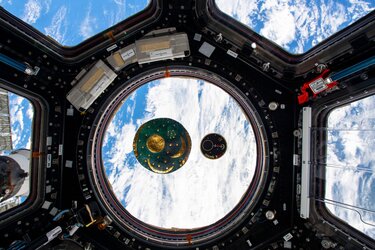
Nebra Sky Disc meets Cosmic Kiss patch
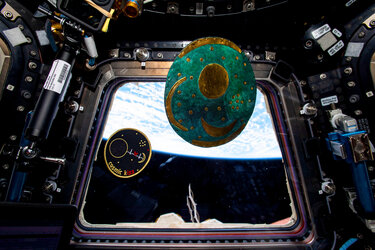
Cosmic Kiss patch and Nebra Sky Disc in Cupola
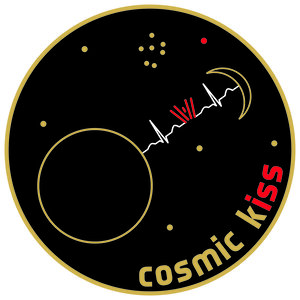
Cosmic Kiss mission patch

Cosmic Kiss mission patch
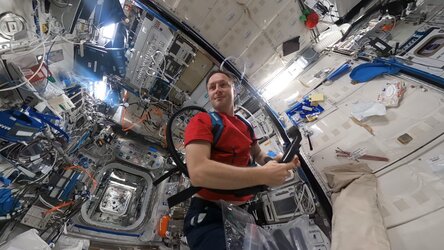














 Germany
Germany
 Austria
Austria
 Belgium
Belgium
 Denmark
Denmark
 Spain
Spain
 Estonia
Estonia
 Finland
Finland
 France
France
 Greece
Greece
 Hungary
Hungary
 Ireland
Ireland
 Italy
Italy
 Luxembourg
Luxembourg
 Norway
Norway
 The Netherlands
The Netherlands
 Poland
Poland
 Portugal
Portugal
 Czechia
Czechia
 Romania
Romania
 United Kingdom
United Kingdom
 Slovenia
Slovenia
 Sweden
Sweden
 Switzerland
Switzerland















